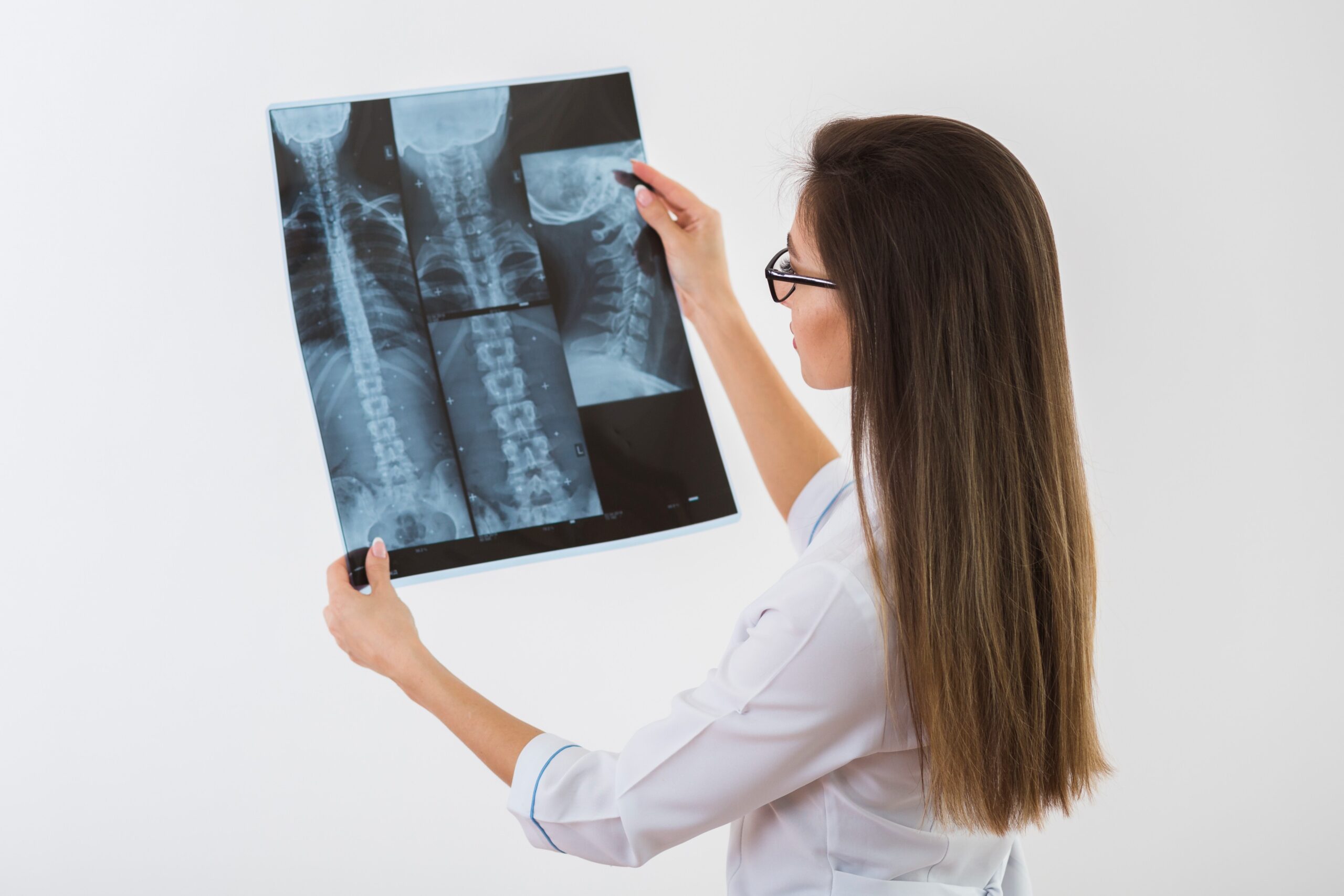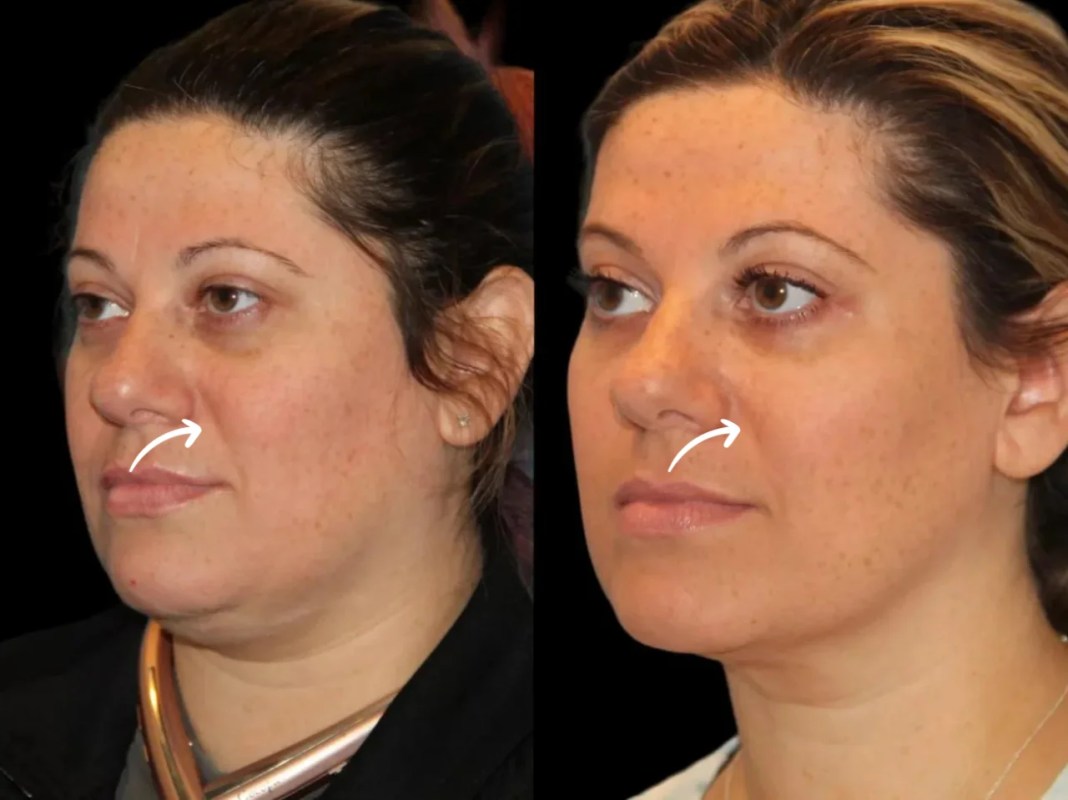MRI Whole Spine Screening: Purpose, Procedure & Benefits
When it comes to diagnosing complex spine conditions, doctors rely on advanced imaging techniques. One of the most detailed and accurate of these is the MRI scan. This non-invasive test provides a clear view of bones, soft tissues, and nerves, enabling doctors to detect spinal problems early. We introduce today’s topic: MRI whole-spine screening, a comprehensive scan of the entire spine from the neck to the lower back. MRI (Magnetic Resonance Imaging) is a revolutionary medical imaging technique that utilises magnetic fields and radio waves to produce detailed images of organs and tissues within the body. Unlike X-rays or CT scans, MRI does not use ionising radiation, making it a safer option, especially for screening and repetitive scans. In whole-spine screening, the MRI encompasses the cervical spine (neck), thoracic spine (mid-back), and lumbar spine (lower back).
What is MRI Whole Spine Screening?
MRI whole-spine screening is a comprehensive radiology test that examines the entire length of the spinal column in a single session. It provides high-resolution images of vertebrae, intervertebral discs, the spinal cord, and surrounding soft tissues. This type of MRI is recommended when a patient presents with widespread symptoms that could be due to multiple areas of the spine.
It is typically requested by neurologists, orthopaedic surgeons, or rheumatologists to diagnose spinal disorders or rule out conditions such as multiple sclerosis, spinal infections, herniated discs, or fractures.
Why is MRI Whole Spine Screening Done?
Here are a few key medical conditions and concerns where MRI whole spine screening plays a vital role:
- Chronic back pain affects multiple regions of the spine.
- Degenerative disc disease or degeneration of spinal joints.
- Tumours or cysts in or around the spinal cord.
- Spinal stenosis, or narrowing of the spinal canal.
- Multiple sclerosis, to detect lesions in the spinal cord.
- Suspected spinal infection or inflammation.
- Congenital or developmental spine abnormalities.
- Post-surgical assessment to evaluate healing and identify any complications.
By providing a comprehensive view of the entire spine, this scan enables doctors to make accurate diagnoses and plan suitable treatments.
How is MRI Whole Spine Screening Performed?
The MRI whole spine screening procedure is straightforward and painless. Below are the steps involved:
- Preparation:
- The patient is asked to remove metal objects, including belts, jewellery, and hairpins.
- In some cases, contrast material (gadolinium) may be used to enhance the visibility of tissues and blood vessels.
- Positioning:
- The patient lies down on a sliding table, usually on their back.
- Cushions or straps may be used to help maintain stillness during the scan.
- Scanning Process:
- The table moves into a tunnel-like MRI machine.
- The scan takes about 30–60 minutes, depending on whether contrast is used.
- The patient must remain still to ensure clear images are obtained.
- A radiologist monitors the scan from an adjacent room, communicating via an intercom.
- After the Scan:
- There is no recovery time required unless contrast dye was used.
- A detailed report is generated by a radiologist and shared with your doctor, who will discuss the findings.
What to Expect During the Scan
Some patients may feel nervous about entering the MRI scanner due to its enclosed structure. If you experience claustrophobia, inform your doctor beforehand. They may recommend an open MRI or prescribe a mild sedative.
The MRI machine produces clicking or tapping sounds while scanning. Earplugs or headphones are usually provided for comfort.
Benefits of MRI Whole Spine Screening
- Non-Invasive and Safe: No exposure to harmful radiation.
- Comprehensive Detection: Captures subtle changes in soft tissues and nerves.
- Helps Early Diagnosis: Detects abnormalities before they become severe.
- Useful in Monitoring: Helps track spine-related conditions over time.
- Guides Treatment: Supports specialists in planning surgical or non-surgical treatments.
Are There Any Risks?
Generally, MRI is a safe test. However, precautions are necessary for people with:
- Pacemakers or implantable devices.
- Metal implants (plates, screws, or orthodontic braces).
- Severe kidney issues (if contrast is administered).
Pregnant women should consult their doctor before undergoing an MRI scan.
Who Should Get a Whole Spine MRI Screening?
Doctors may suggest this scan if you experience:
- Unexplained pain, numbness, or weakness spreading across the body.
- Recurrent or chronic back issues.
- Symptoms of neurological disorders.
- Past trauma or injury.
- Conditions such as spinal tumours, arthritis, or infections.
Additionally, it is prescribed when other tests, such as X-rays or CT scans, do not provide sufficient clarity.
Preparing for the Test
- Wear loose, comfortable clothing.
- Inform the doctor about any medications or allergies.
- Avoid wearing makeup or accessories with metallic elements.
- Follow fasting or hydration instructions if contrast dye is required.
Conclusion
MRI whole-spine screening is a powerful diagnostic tool that enables doctors to examine the entire spine in one scan. Whether you’re dealing with persistent back pain, nerve-related issues, or suspected spinal disease, this scan offers a detailed visualisation of the spinal structure and function. With its non-invasive approach, high accuracy, and broad range of applications, MRI whole spine screening is essential for the early detection and effective treatment of many spinal
disorders.
ALSO READ:- Kosmed Healthcare provides medical-grade oxygen concentrators for rental across Delhi and the NCR region, offering same-day home delivery and installation. Their units come from trusted brands like Philips, Oxy-Med and BMC and are available in 5-litre and 10-litre capacities, supporting continuous 24×7 oxygen supply at home. Customers benefit from free setup, round-the-clock support, and significant savings—up to 30%—compared to purchasing.












